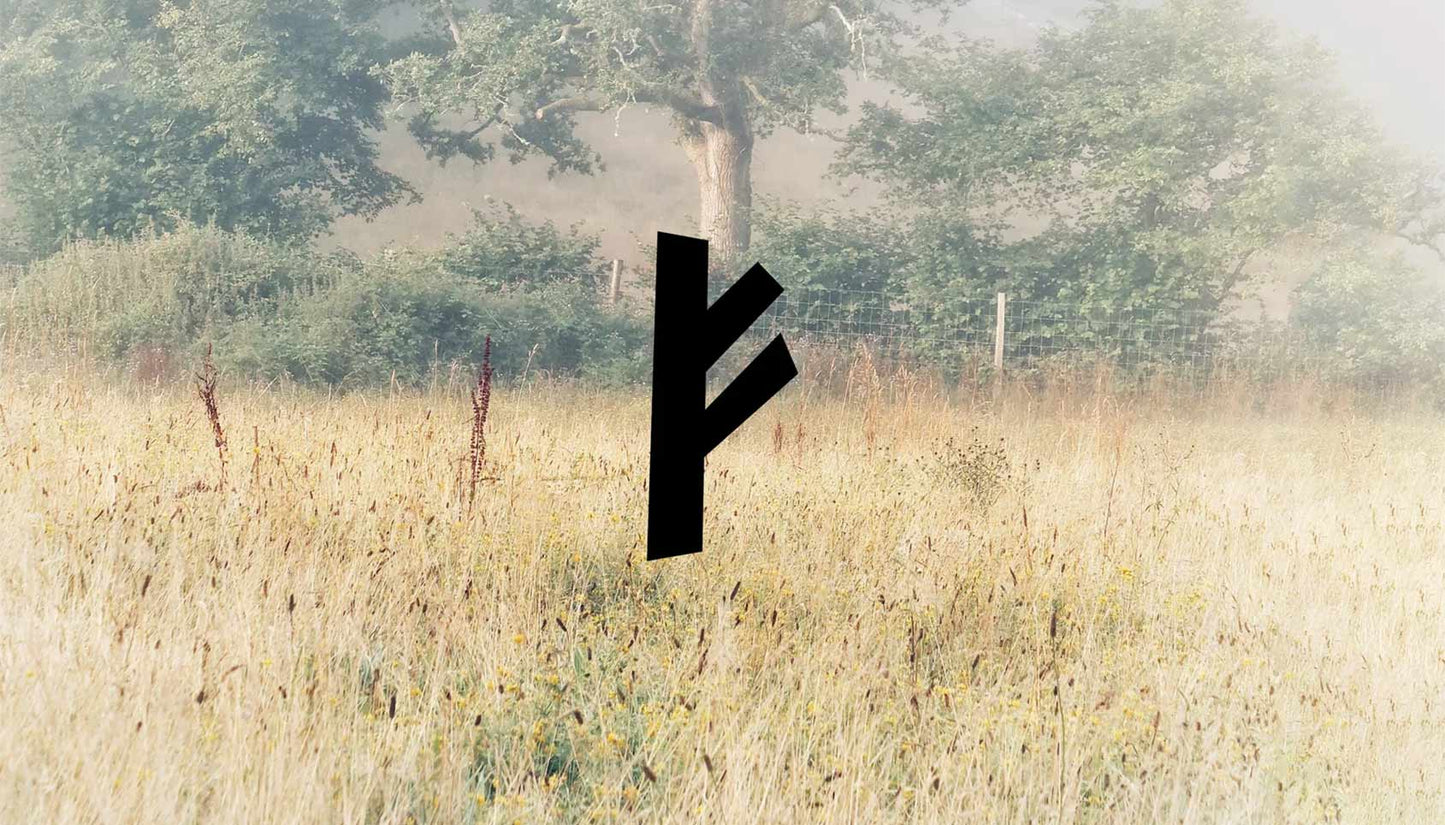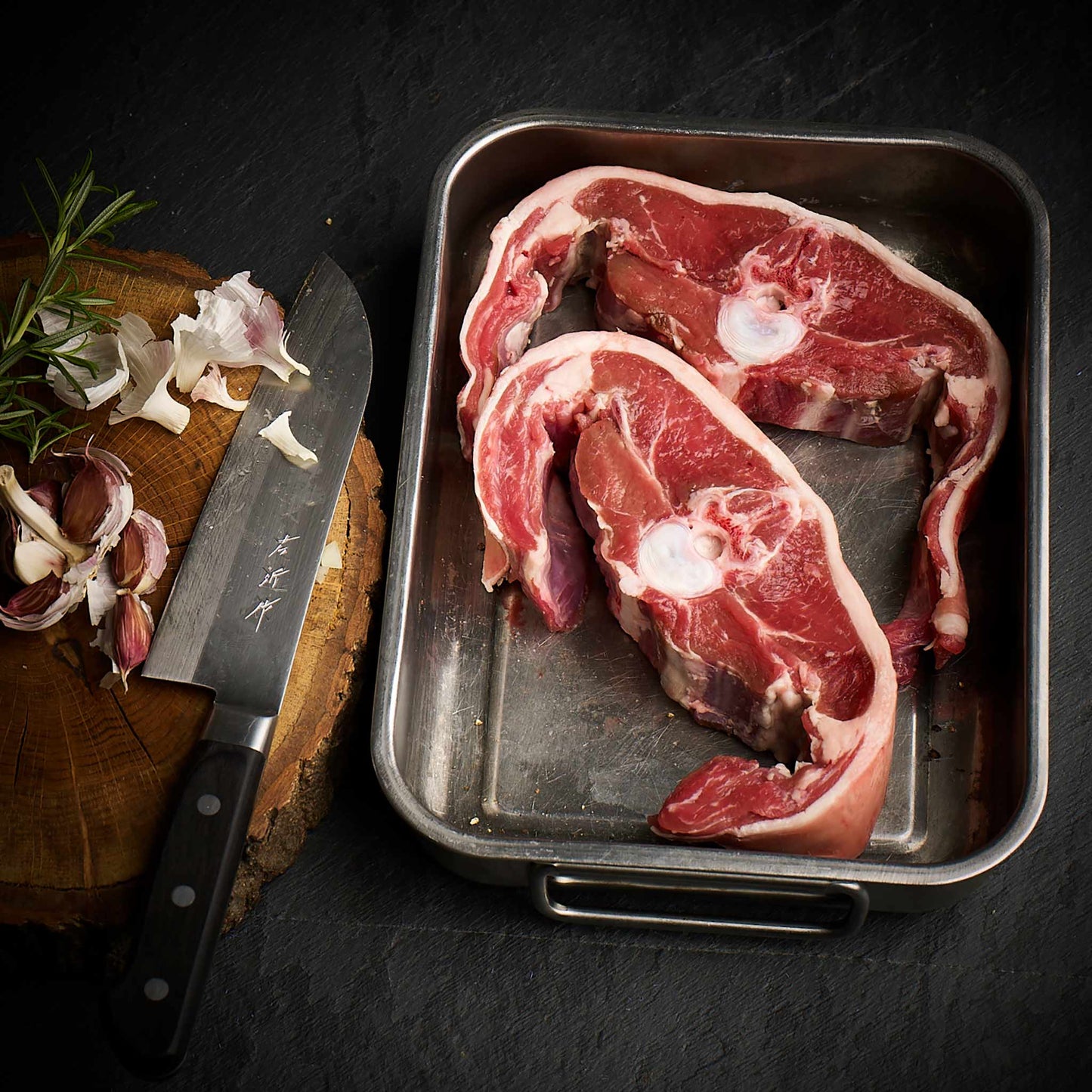We source our chicken from one farm in Leicestershire. The farm is Pasture for Life certified and rears truly free range, outdoor birds.

Is rewilding just leaving things alone?
The term rewilding or re-wilding is almost part of our common parlance these days and is appearing on billboards from major food brands but what exactly is it and does it just mean leaving things alone?

Above:
Tellus Chocolate - Dutch brand that commits a portion of profits to rewilding projects
Innocent Smoothies - Campaign to rewild the Amazon
Definition:
Yet again Wikipedia provides us with a good definition which acts a great starting point for this investigation:
Rewilding, or re-wilding, activities are conservation efforts aimed at restoring and protecting natural processes and wilderness areas. Rewilding is a form of ecological restoration with an emphasis on recreating an area's "natural uncultivated state". This may require active human intervention to achieve. Approaches can include removing human artefacts such as dams or bridges, connecting wilderness areas, and protecting or reintroducing apex predators and keystone species
Is rewilding active or passive?
A big question has to be, is rewilding passive or active? In other words do we just leave things alone or do we make active changes to accelerate the recovery of a system, well, it depends....
It depends largely on what system we're trying to rebuild and its current state but as mentioned above there are two approaches, active and passive.
Let's look at a theoretical example in the UK of a typical arable field.
Passive rewilding.
A typical field used for crops in the UK will be mostly flat and uniform in many metrics as this will provide predictable cropping and growth, so what would happen if we just leave this alone?
Assuming the field is contained by hedges or fencing over time the field would revert to what is described as wooded pasture which is a mix of woodland, scrub and grassland but this system requires grazing herbivores and if none are introduced into the system as livestock we would be reliant on wild deer to provide this service, otherwise the system could end up in a steady state called high canopy broadleaf woodland which is actually quite low in biodiversity. The field technically would be rewilded but is this the ecosystem we want? Does it provide any benefits over it being a field as it is obviously no longer producing food for us.
This is not really ‘rewilding’ – it’s more ‘land abandonment’. Rewilding the land is taking it back to a wild state where natural processes can allow biodiversity to recover, so you’re either going to need cattle for this next step, or a chainsaw.
What about minimal intervention?
If we give this a little help by introducing just the right amount of grazing we can get to a significantly different result, simply because we're adding a variable to the recovery of the ecosystem.
With the right amount of grazing certain areas can be kept as wildflower meadows increasing the diversity within the bounded land, however the density and frequency of this grazing will be very well below conventional, even pasture based, livestock farming.
If the animals are too many in number and density there will be no chance for saplings to develop into trees and the pasture will remain as pasture, this can be a balanced steady state meaning inputs and outputs of the unmanaged system remain equal but it is not bringing the system to its fullest eco-capability in terms of complexity and biodiversity.
Active rewilding
It may seem counterintuitive that we can actively speed up the recovery by nature but what we're essentially doing is taking a very unbalanced system that we have created and adding in variables to allow nature to more quickly recover.
A great example of this is to simply add some topographical variables to the land. For our own convenience arable fields are as level as we can get them, this makes planting, harvest and water management morte uniform as that is desired by the farmer, however, when we're rewilding uniform is exactly what we don't want, the mindset is reversed.
In rewilding an arable field we can bring back some of the bumps and dips that might, or might not have existed before us but either way this will add the all important complexity to the system.
Small hills will dry more quickly allowing certain plants that prefer a better drained soil to proliferate, this is also great for ground nesting insects such as solitary bees as well as ground nesting birds that don't like a soggy home.
Conversely, creating indentations, perhaps where the earth is taken to create the hollocks, allows a sanctuary for amphibians and plants that like the damp and wet as these areas will be slower to dry out and perhaps can even become a permanent pond allowing for an aquatic ecosystem to be added.
Many arable fields will have had extensive drainage measure installed which could be preventing any areas from ever becoming actually waterlogged as there's no advantage to this when growing crops, to restore balance it might be necessary to remove or block these artificial drains so waterlogging can occur and we can welcome back the frogs, newts and other water loving British critters!
Dead trees are as important as live ones!
If there are any dead trees on the land they can be left to decay and this provides huge ecosystem benefits, if there are not trees then consider bringing in a dead tree or two and creating wood piles which mimic what will happen when trees eventually live then die within the system but which left unmanaged would be many decades away.
Decaying wood not only restores nutrients to the system but it creates a favourable living environment for insects and attracts the birds which feed on them as well as bringing in microbiological diversity as the process of decay breaks down the nutrients.
Planting trees
Trees offer important diversity in a rewilding project but they need to be the right ones, the easiest way to make sure is to allow the seeds natively in the soil to proliferate but then as they take hold to protect them from wild grazing animals such as deer which will devour the saplings.
If planted trees should be chosen carefully for their suitability to the local environment ands wherever possible trees seeds should be selected from local stock where they will have adapted genetically to the microclimatic conditions.
It's worth remembering that as much as tr5ees add to the complexity of a system they offer little carbon storage benefits above a good pasture system.
It’s worth bearing in mind that grassland under medium intensity management is actually reasonably good at storing carbon – especially below 30cm depth (Ward et al 2016). While trees are good at capturing carbon in their biomass (trunks, leaves etc), Beckert et al (2016) found that their impact on soil carbon compared to pasture is barely noticeable. Overall, woodland is much better than pasture for keeping carbon out of the atmosphere because of that significant biomass, but the CO2 in the biomass is largely released back into the atmosphere when trees die.
So we've looks at how, but now we should consider why.
When we ask the question 'why rewild' it might seem obvious, we humans have destroyed so much of the natural world in our agricultural endeavours and it's better for the planet for us to return as much land as possible to a more complex natural state, agreed, but at what cost?
When we take land out of food production we by default add extra pressure to whatever land is remaining to produce for us.
Looking at this field by field it's hard to get a sense of how this could happen but imagine if we attempted to rewild a significant proportion of agricultural land in the UK, let's say 25% of it, then what would happen?
What would happen is a forced intensification of existing agriculture to make up for the lost production, yes, rewilding if not also producing food could lead to more not less factory farming.
Sorry but no conversation about rewilding is complete with mentioning Monbiot....
In his highly controversial book Regenesis writer George Monbiot sets out his vision for the future which is entirely free from animal agriculture with huge areas currently in food production set aside to be rewilded in line with his vision.
In his Guardian article Jan 6 2020 { Lab-grown food will soon destroy farming – and save the planet} Monbiot talks about how he witnessed precision fermentation which he claims is the future of feeding the world, well the humans at least.
He describes ....a primordial soup of bacteria, taken from the soil and multiplied in the laboratory, using hydrogen extracted from water as its energy source. When the froth was siphoned through a tangle of pipes and squirted on to heated rollers, it turned into a rich yellow flour.
We acknowledge the problems he lists below but we see a very different solution than humans resorting to eating this 'yellow flour' as our staple.
Several impending disasters are converging on our food supply, any of which could be catastrophic. Climate breakdown threatens to cause what scientists call “multiple breadbasket failures”, through synchronous heatwaves and other impacts. The UN forecasts that by 2050 feeding the world will require a 20% expansion in agriculture’s global water use.
A global soil crisis threatens the very basis of our subsistence, as great tracts of arable land lose their fertility through erosion, compaction and contamination. Phosphate supplies, crucial for agriculture, are dwindling fast. Insectageddon threatens catastrophic pollination failures.
Everything he mentions above can be solved with rewilding whilst we still produce food, on the same land!
Ecosystems require plants and animals, including grazing animals, to be in a state of equilibrium, and this means for Monbiot's rewilding of Britain the reintroduction of apex predators to keep the checks and balances, checked and balanced. We would need other animals not currently present to eat the deer sheep and cows while we dine on his yellow flour, how much sense does that make!?
It's not either or
Our vision of future farming is one where increasing complexity of food producing systems bring us ever closer to our farming systems being indistinguishable from nature. Complex ecosystems with careful use of keystone species to provide ecological benefits can feed us without needing to resort to what we consider to a Malthusian dystopian hell of humans consuming highly processed precision fermented 'yellow flour'.
We can introduce forest gardens that are also grazed and also provide shelter and habitat for poultry, we can feed ourselves and be a part of the solution, it seems to us that Mr Monbiot thinks of humans to be very separate from nature and not deserving to benefit from its bounty, this separatist mindset is dangerous and we beleive will not lead us to solve the problems we're very capable of fixing while we thrive.
We are nature, we are the keystone species that can bring back balance, it's not either farm or rewild, the solution is to rewild while continuing to farm and that's what we stand for as a business and look for in our suppliers, sorry George. (not sorry)



